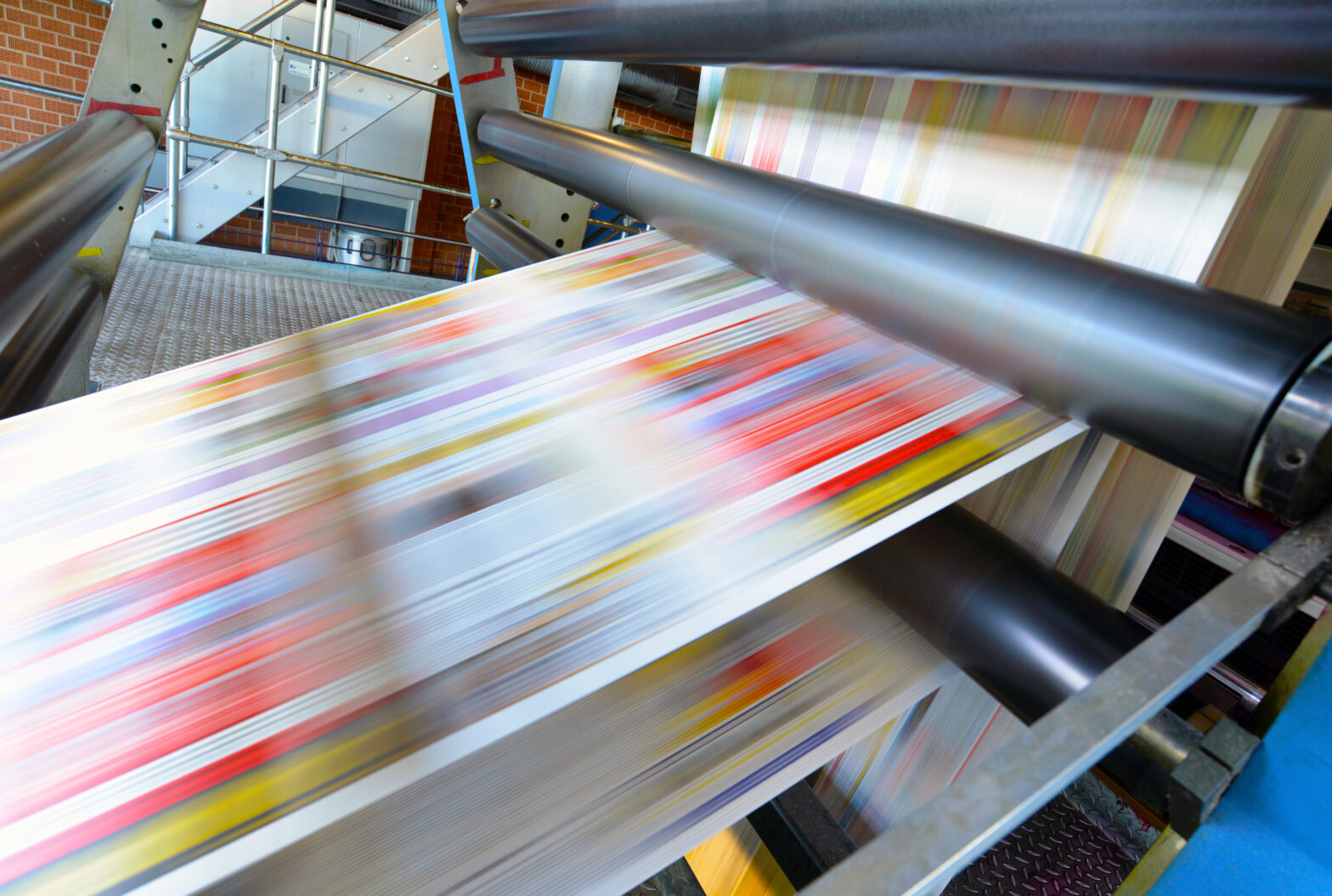Surprisingly, no. As much as digital media has exploded and changed the way we market, print advertising still holds on. For some people it’s hard to imagine why – after all, digital media is cheaper and more efficient to produce, it can reach a wider audience in a smaller space of time and is just generally more convenient. But is it more effective than traditional print media?
A study conducted in 2015 by the United States Postal Service seems to provide evidence to the contrary. Using techniques such as eye tracking and biometric measurements to monitor recipients’ reactions, the study found that print advertising left a lingering and more positive impression than its digital counterpart.
Printed media was viewed for longer periods of time, evoked more intense emotional responses, increased desire for the product being advertised and ultimately led to greater recall of the advertisement when questioned a week later.
The reason for this is fairly simple: people enjoy tangibility. Since they can see, touch and interact with a physical print advertisement more than they can an online one, they’re more likely to remember it.
In addition, a magazine or newspaper can reside in a house or office for years. Digital ads are ephemeral and temporary. They are often replaced daily to the point that they are sometimes instantly forgettable.
Going Digital?
Print is also a top-of-funnel medium that is ideal for establishing brand value and communicating that brand broadly. People give print and physical advertising their undivided attention while digital advertising is easily overlooked when multitasking on the internet. The term “banner blindness” is used to describe this phenomenon; people unconsciously tune out any banner ads they might see online to the point of them being invisible.
Does that mean your business shouldn’t use digital advertising? Definitely not! With people spending upwards of two hours on social media daily, the internet is an invaluable place to target consumers.
The most effective way to create a comprehensive and flexible marketing campaign should be with a combination of both traditional and digital advertising. In fact, printing shops like Saxoprint have taken advantage of the internet to be able to roll out their physical advertising products more quickly. In that way digital and print media can be seen to work together rather than on opposing sides.
When you think about banners on the side of bus stops, posters on the high street or billboards on highways, it’s hard to deny the continuing influence that print advertising has. It’s unlikely that it will ever be replaced by digital marketing, but going forward there will undoubtedly be an increased synergy between the two mediums.





